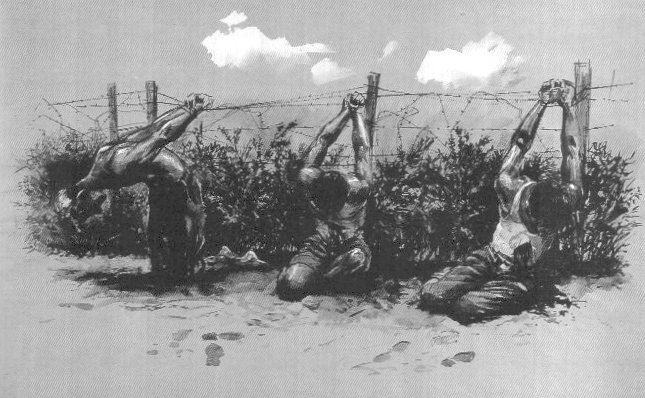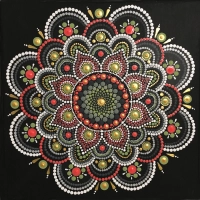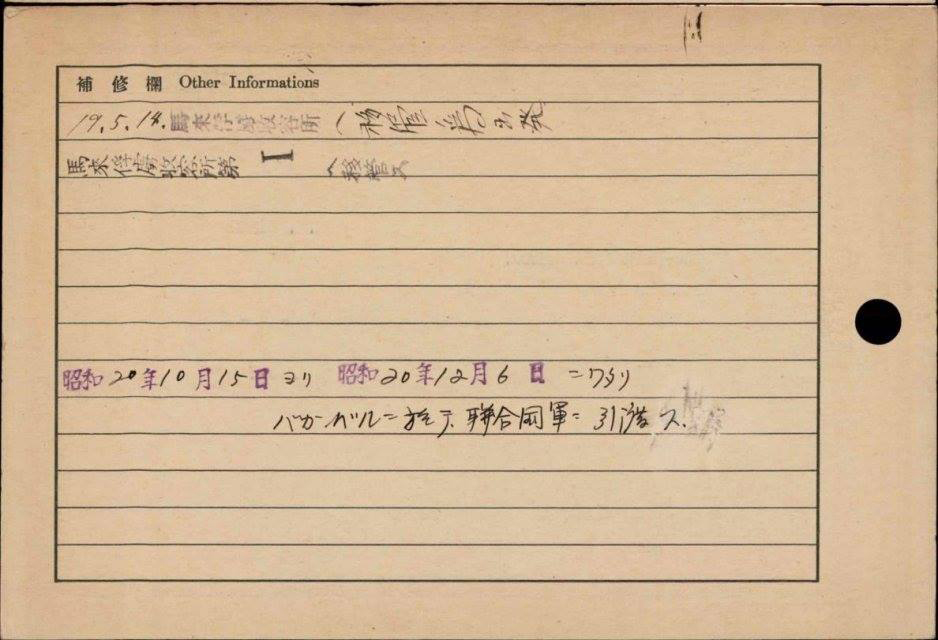It was after I read the book Unbroken, by Laura Hillebrand, that I started to wonder about my grandfather’s experience in a “concentration camp” during World War II. I knew that he was in a camp, but it was something he never talked about with anyone.
Then shortly after I published my last post, A Pivotal Moment for a Young Soldier, Comité ereschuld Onderscheidingen contacted me to inquire if my grandfather, Johannes H.T. Gerardu (aka Hubert), was a POW. This simple inquiry pushed my genealogical research forward twenty years and made me curious as to what had really happened to him during his time away from his family.
This is the story of my grandfather’s time as a POW based on information I was able to glean from his Stamboek (military record), internment card (see below), some extensive research done by Henk Beekhuis about the POW camps in Indonesia, and other sources. It is most definitely a watered-down version of the reality of his experience.
Note: Google Translate is available at the bottom of the page.
As background, in early 1942, World War II was in full swing in Europe. Nazi Germany occupied the Netherlands, so this left the Koninklijk Nederlands-Indisch Leger (KNIL) or Royal Netherlands East Indies Army to fend for itself in the Dutch East Indies (now Indonesia). Japan, in its quest to obtain power through its own version of colonialism, and its desperate need for resources, set its sights on the Dutch East Indies. The Allied Forces in the Pacific were not much of a match, and on March 5, 1942, the Japanese Imperial Army marched into Batavia (now Jakarta) displaying both the Indonesian and Japanese flags. This joint display occurred because the Indonesian Nationalist movement initially supported the Japanese, as they saw it as a way out of Dutch colonial rule, but this sentiment changed significantly as the war progressed. Unfortunately, on March 8, 1942, the Dutch colonial government surrendered and the war officially began in the Dutch East Indies.
At this time, my grandfather (Opa), Hubert (age 41) was a Sergeant stationed in the 5th Flight Group (5e Vliegtuiggroep) at the Semplak Airfield, which was situated outside of Buitenzorg, (now Bogor), on the island of Java. He oversaw all of the battalion foodservice. My father, Servaas, (age 14), remembers Pappy (his father) stopping by the house to tell his family that his unit was moving inland toward Bandoeng (now Bandung). Tragically, my father did not see Opa again until about ten years later.
Capture & the First POW Camp: 15th Battalion
While I do not know where he went after he left his home or his experience, his internment card shows he was captured in the area surrounding Bandoeng.
Upon his capture, the first POW camp he was sent to was the 15th Battalion (a KNIL battalion) near Bandoeng. This camp consisted of barracks, and the perimeter was fenced with barbed wire and cover (see map below). Camp security consisted of Japanese soldiers, Koreans, and heihos (native youth), and by May 1942, there were 11,700 POWs interned there.
Even though it was early in the war, POWs endured mistreatment from the beginning. While it is known that many nations did not strictly comply with the terms of the Geneva Convention, Japan did not sign it at all so it may have influenced its inhumane treatment of prisoners. The actual conditions are only truly known by those that were there, but below are a few images that give us a feel of what it was like.
Lastly, I came across a list of Japanese or Korean individuals from this camp accused of war crimes by the Dutch government. The people on the list had nicknames like “Corpse Picker,” “Slap Happy,” “Mad Harry,” and “Gold Mine” and the crimes included beatings, torture, maltreatment, and severe maltreatment of POWs. It breaks my heart that my grandfather suffered at the hands of people like this and he lived in silence after the war.




He was at the 15th Battalion from March 1942 through December 1943, approximately 21 months.
2nd POW Camp: 10th Battalion
On either the 3rd or 17th of December 1943, along with 1,015 POWs, Hubert transferred to the 10th Battalion POW camp near Batavia (now Jakarta). Since there were so many prisoners, it is reasonable to assume the transportation was by train, as it was a 100-mile trip. Because part of this encampment had been previously used as a shelter for a company of cyclists, it was often referred to as “Cycle Camp.”
Its primary purpose was to serve as a transition camp for POWs who were later sent from the Tandjoeng Priok harbor to overseas labor camps. Camp security consisted of Japanese soldiers and Koreans (note the absence of heihos, which may indicate waning support of the Japanese, they were dying due to abuse, or both). There were notable individuals such as Governor-general A.W.L. Tjarda van Starkenborgh Stachouwer (second from the right in the photo below) and army commander lieutenant-general J. ter Poorten (on the right) interned here. The photo shows their arrival at the 10th Battalion on April 17, 1942. There were up to 10,600 POWs interned in this camp.
From the list of individuals accused of war crimes, from the 10th Battalion, in addition to the real names, nicknames included “Chinees,” “Horse Face,” and “Liver Lips.” The crimes included cruel treatment, beatings, withholding food and medicine, and murder. The mistreatment appears to be escalating, and it is truly beyond me why this would ever be okay.


To give you an idea of how the prisoners looked at the end of the war, which was 18 months later, above is an image is of emaciated ex-prisoners of war at the 10th Battalion’s encampment. Photo by H. Ripassa, September-October 1945. Again, heartbreaking. This is what hatred and greed gets us.
Hubert was in this camp for five months and then transferred to Sumatra in May of 1944.
Continued in Part 2
Sources
- 15th Battalion’s Encampment in Bandoeng
- Bandoeng 15e Bataljon Java
- 10th Battalion’s Encampment in Batavia
- Batavia 10e Bataljon Java
- (Reel 49) List of Japanese suspected of having commited [sic] War Crimes in the Netherlands East Indies or against the Netherlands
- From elite soldier to prisoner of war under the Japanese (1935-1943)
View the Gerardu Family Tree on Ancestry.com
Stories in this blog are created from historical information available to me at the time, which means there are some assumptions made to fill the gaps. If you have corrections, other information, or it ties to your stories, I would love to hear it, so please send me a message here.




2 Comments
2 Pingbacks